Ball Flight Curvature
Two frequent questions golfers have when they look at a ball in flight are: what made the ball curve like that, and how do I get the ball to curve like that? The good news is that the same principles answer both questions, and that's what we'll consider briefly here.
Spin axis of rotation is the key to understanding the curvature in ball flight trajectories. Spin is generated by friction of the ball sliding up the clubface at impact causing backwards rotation of the ball to provide lift. When we see the ball curve right (fade or slice) it means the spin axis is tilted right (positive). A ball flight that curves to the left (draw or hook) means the spin axis is tilted left (negative). Launch monitor data shows for every 5 degrees of spin axis tilt the ball curves about 3.5 yards to the side of the tilt.

Tilt in the spin axis occurs when the club face angle and the club head path direction are different at impact with the ball. An open face angle tilts the spin axis to the right (as in the above illustration), and a closed face angle tilts the spin axis to the left. The spin direction, the lift force vector, and the D-plane (descriptiove plane of T. Jorgensen, 1999) are perpendicular to the spin axis.
.An off-center ball contact location on the club face has an important effect on the spin axis. The effect is greatest with the driver due to bulge and roll curvature of the clubface. The curvature makes the ball and the clubhead behave like connected gears that have opposite rotational actions. This gear effect somewhat counteracts frictional ball spin and modifies spin axis tilt.
An interesting point about gear effect is the role of club head center of gravity (CoG). At impact, the club rotates around its CoG. Since the CoG of irons is relatively close to the clubface in most club head designs, gear effect is minimal with these clubs. The CoG in drivers is further away from the club face making gear effect more significant. Ball contact a half-inch off the center of a driver club face can tilt the spin axis about 20 degrees. Bottom line, it's best to avoid an off-center hit.
Rotating the club head quickly through impact can have a modest effect on spin axis tilt. The distance of the club head CoG from the face acts to resemble a heel contact gear effect when the rate of club head closure is quick. The result will be a fade even when ball contact is directly in line with the CoG.
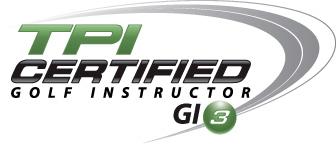

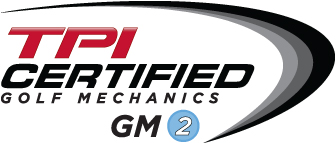






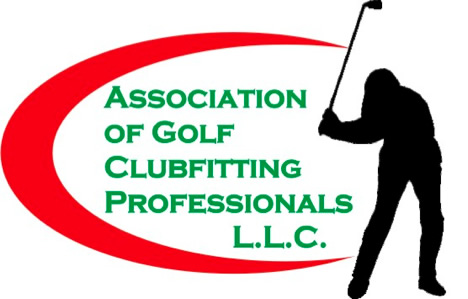

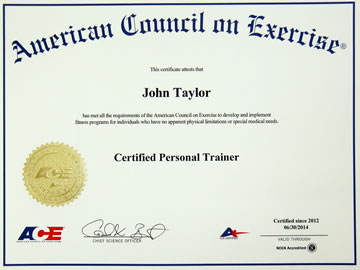
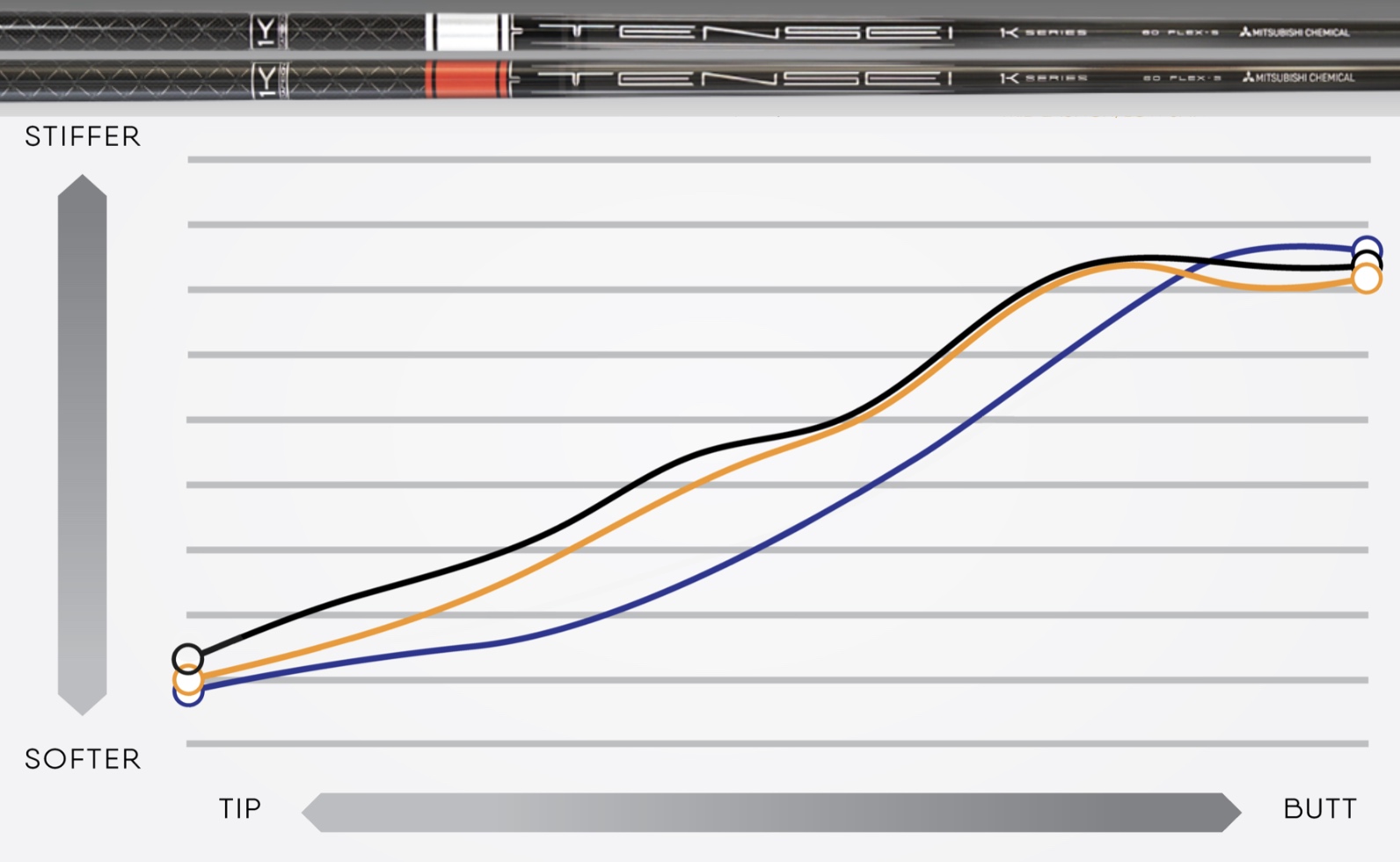
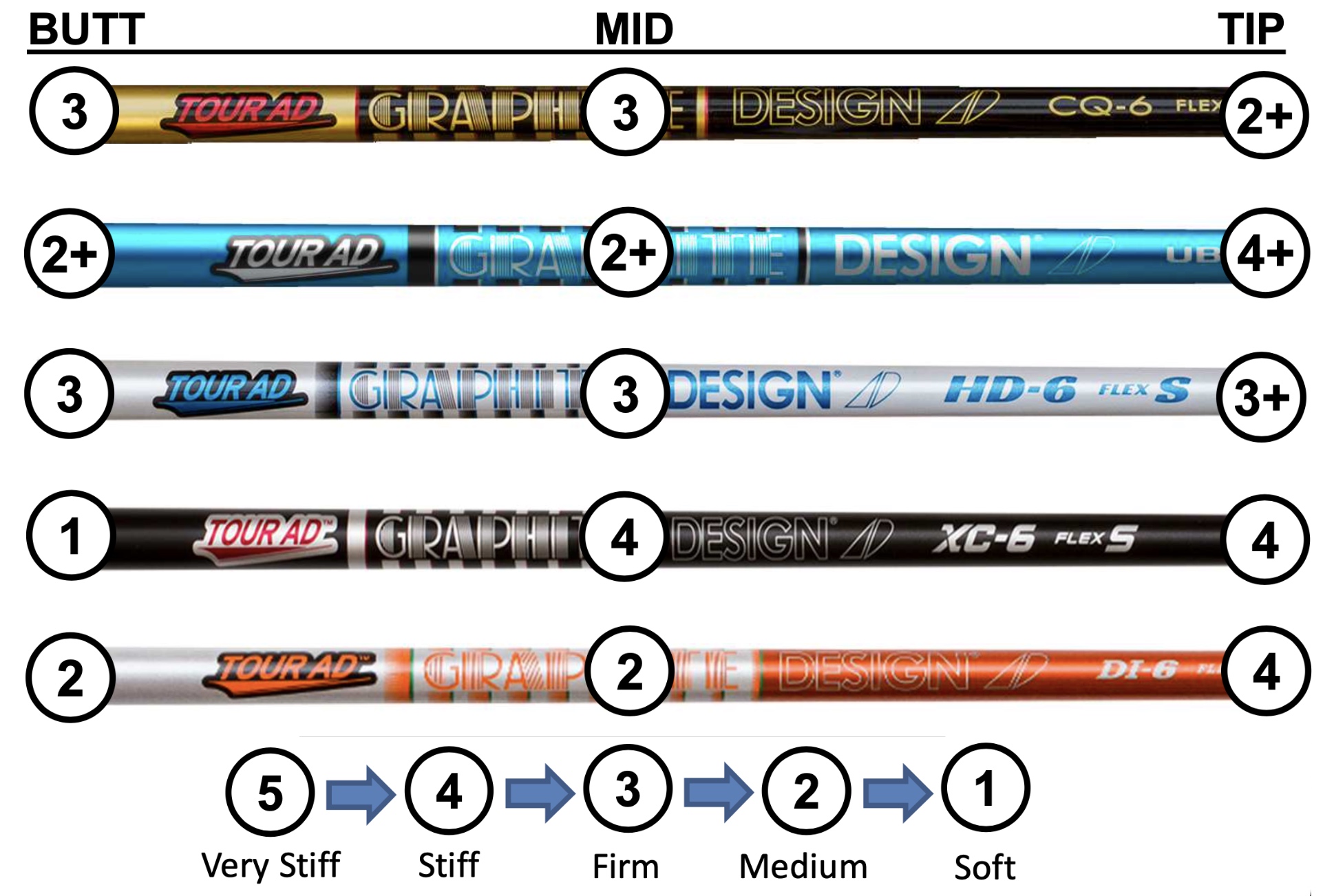













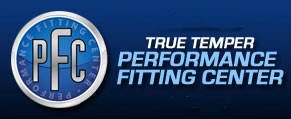

 John Taylor
John Taylor

